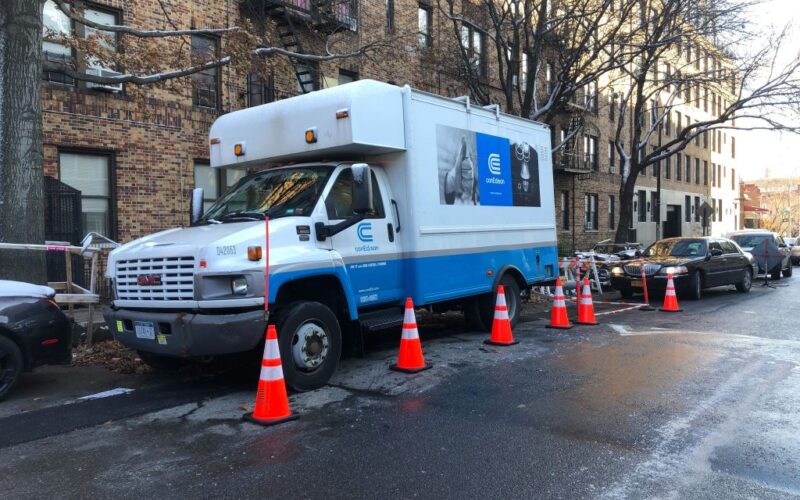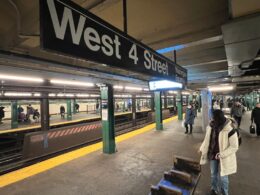Like everyone else, including Gov. Hochul, we don’t want Con Ed rates to grow higher, but New Yorkers do need the utility to continue to deliver electricity and natural gas, and in case you didn’t hear, prices have been going up for everything. Unfortunately, among those rising prices will also have to be the price of getting the electricity that you use to power just about everything in your life.
But there has to be a better way to do this and part of that is reforming New York City’s very kooky property tax structure, where Con Ed pays more to City Hall than anyone else and then has to charge higher fees to customers.
So once again begins the ballet of the regulated monopoly proposing a rate increase to the state Public Service Commission and there being a back and forth as the number is haggled out over the next 11 months. Con Ed is asking for a 11.4% increase beginning on Jan. 1, 2026. With Hochul (who is running for reelection in 2026), outraged at the request, count on her appointees on the PSC to come up with a lower figure. The last time around, the PSC reduced the final number by 60% from the initial Con Ed proposal.
Hochul is also bothered by the high salaries and stock options (running into the millions) for Con Ed’s top leaders and at her direction the PSC will now audit the compensation levels at every utility in the state. As for Con Ed, PSC does an audit every five years and the last one, a few years, covered compensation and every time there is a rate increase request, all that info is provided and the PSC already lists the compensation on its website. Furthermore, the compensation is publicly reported under Securities and Exchange Commission regulations.
As a private, for-profit corporation that is traded on the New York Stock Exchange (where it has been part of the 15-company Dow Jones Utility Average since utilities were separated from the industrials months before the 1929 Crash) Con Ed can pay its executives what its shareholders deem acceptable. And the company says that the bonuses and incentives are not funded from ratepayers, but from come what otherwise would have been dividends paid to shareholders.
The top 100 people Con Ed are paid a combined $40 million, a tiny percentage of the $1.6 billion in new revenue the utility wants from the rate boost. If all those 100 got paid zero, it wouldn’t make a dent in the $1.6 billion. What would make a difference is the $3.2 billion in city property taxes that Con Ed has to pay, making it the single biggest payer.
New York City property tax Class 1 and Class 2 are residential, while Class 4 is commercial. Class 3 is for utilities, with Con Ed making up 85% of the group. And Class 3 has a higher rate than all other businesses.
Thus New Yorkers, from Hochul on down, direct their ire to Con Ed instead of the City Council and the mayor who set the property tax rates. That way the property taxes can be kept lower for residences and businesses, but since everyone uses electricity, it’s a backdoor way to still collect the money for the city government. It’s a clever game and Con Ed is a pawn that catches the blame.








